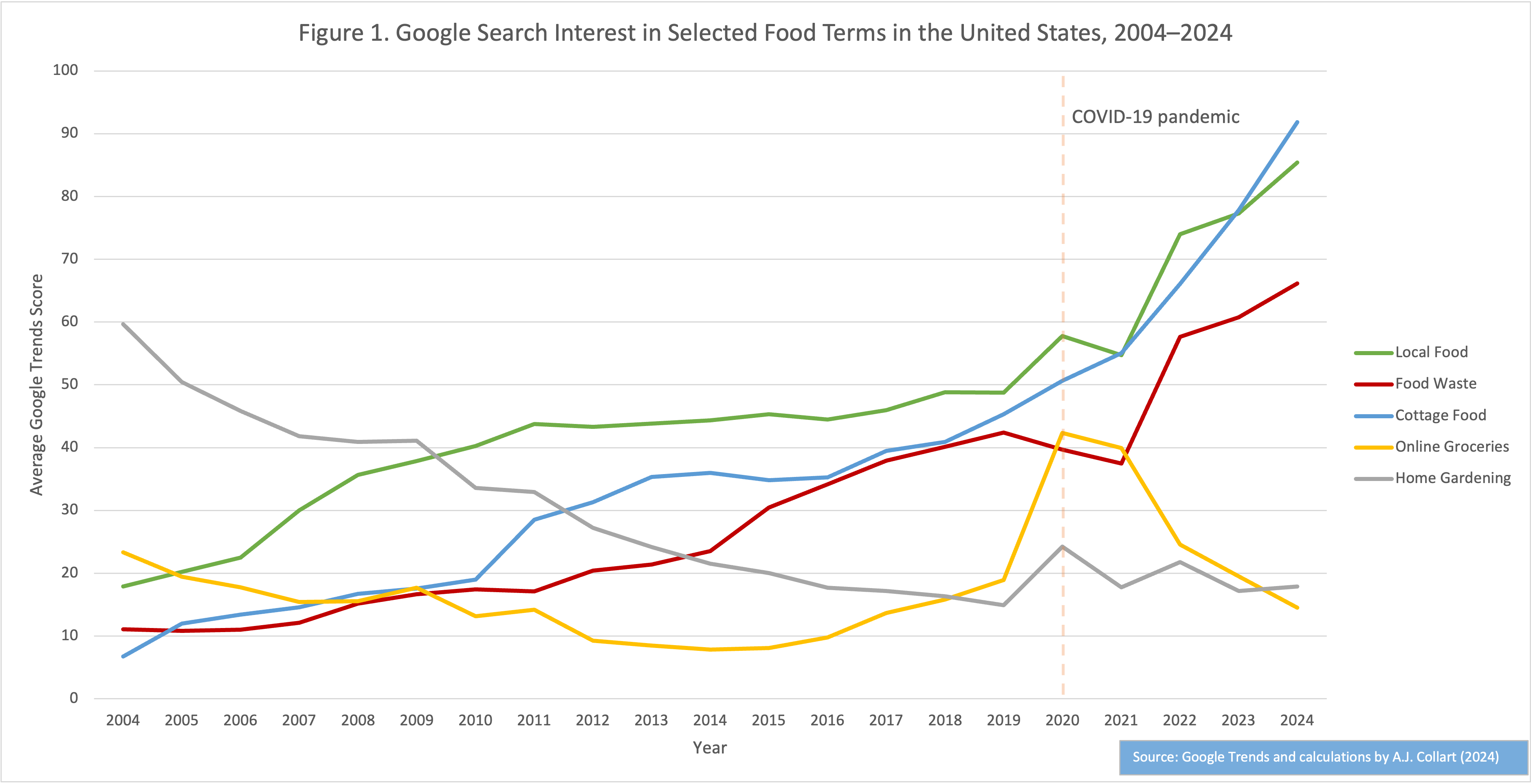The number of breweries has grown substantially over the past decade, becoming a ubiquitous establishment in communities nationwide. However, many of these breweries are small craft producers that lack resources for in-depth market research, creating a need for localized consumer insights—especially in the Southeast where growth of the beer sector has been slower. This synthesis of our case study on the consumption and purchasing habits of Florida beer consumers provides insight into how breweries can effectively market their products to specific segments.
We find that craft beer has broad appeal with 72% of those surveyed reporting regular purchases. As expected, millennials lead in both purchase frequency and spending, with the highest median monthly beer expenditure at $50 (see Figure 1 and Table 1). Though spending is less ($25 median) among baby boomers, it is not negligible, and, in some areas, they represent a sizable market when aggregated. Women spend nearly the same amount and purchase craft beer at close to the same frequency as men, in-line with national trends towards gender parity and a sign that inclusive marketing is an increasingly important consideration as breweries look to expand their consumer base in a competitive market.

Table 1. Median monthly beer expenditure by gender and generation
| 1st Quartile | Median | 3rd Quartile | |
| Gender | |||
| Female(n = 325) | $15 | $25 | $50 |
| Male(n = 257) | $15 | $30 | $75 |
| Generation | |||
| Millennials (n = 127) | $20 | $50 | $100 |
| Gen X (n = 141) | $15 | $30 | $60 |
| Baby Boomers (n = 298) | $13 | $25 | $50 |
Regarding where consumers drink and shop, beer is most frequently consumed at home (68%) and purchased from grocery stores (66%). This presents two significant challenges for small breweries with goals of tapping into broader marketing channels: (1) acquiring and maintaining canning or bottling equipment and facilities is a major capital investment decision which cannot be easily reversed, and (2) grocery stores dedicate limited shelf space to beer and favor widely recognized brands. To successfully expand into packaged beer, breweries should consider developing a targeted marketing strategy for off-premises retail sales.
The full case study can be found at https://edis.ifas.ufl.edu/publication/FE1160.
Hambaryan, Meri, Glory Orivri, Nathan Palardy, John Lai, and Bachir Kassas. “Who’s Buying this Round? Insights from Florida to Help Breweries Reach Consumers.” Southern Ag Today 5(10.5). March 7, 2025. Permalink








